Vince Cullers Advertising: The Lasting Impact of the First Black-Owned Ad Agency
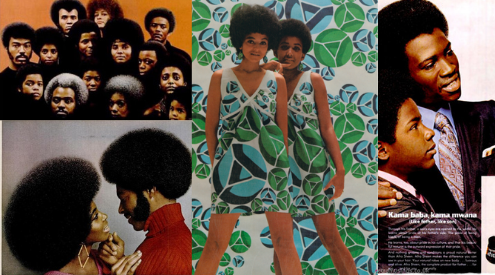
Black consumers have long been one of the largest customer groups in the country–with a $300 billion opportunity stake– but the advertising industry has historically been slow to market to this audience. As Kori Hale noted in Forbes in 2021, “Despite our purchasing power being virtually unmatched, ad spending tailored towards Black consumers has steadily declined in recent years.”
This is unsurprising when you consider the sobering reality of racism in this country, but it’s an issue brands must be willing to confront. Not only because Black audiences deserve to see themselves represented in advertising–but because 64% of consumers are more likely to make an immediate purchase when they are delivered an ad that is representative of diversity, equity, and inclusion.
That’s a statistic that should be top of mind when building your next ad campaign, but it’s also a fact that Vince T. Cullers recognized in 1956 when he opened the first Black-owned agency, changing advertising history and shifting practices to appeal to a widely ignored market at the onset of the Civil Rights Movement.
No discussion of Black history in advertising would be complete without noting Cullers and his contributions to the industry.
Learn More: Social Media Video Ad Specs & Placements Guide
Who Was Vincent T. Cullers?

Cullers was born in Chicago in 1924. After high school, he went to the Art Institute of Chicago where he cultivated his love of advertising, and he supplemented his artistic eye by studying business at the University of Chicago.
Following college, Cullers started sending his large portfolio to ad agencies in Chicago and New York, generating interest for illustrator jobs, until he showed up for the interviews. He was turned down by countless agencies simply for being Black until he became a promotional art director for Ebony magazine.
Three years later, in 1956, Cullers was inspired to strike out on his own, starting his advertising agency with his wife Marian, and his business partner Emmitt McBain.
The Advertising Landscape of the 1950s
When Cullers was looking for an advertising job in the early 1950s, almost all United States advertising firms catered specifically toward white customers. According to a report by the John W. Hartman Center for Sales, Advertising, and Marketing History at Duke University, ad agencies just darkened the skin of the people depicted in illustrations and other ads when creating them for media outlets geared toward minorities.
Cullers founded his agency, Vince Cullers Advertising, in part to help showcase African Americans more positively in advertising and to create ads that were more geared to the interests of Black customers. His firm was one of the first in the country to target ads toward non-white customer groups.
Starting His Business
At first, Cullers handled all the advertising and creative work, while his wife Marian took care of the administrative duties. Clients were reluctant to hire the enthusiastic young ad man at first, and the agency didn’t make a lot of money in its early years.
However, that all changed when Cullers landed Lorillard, Inc., his first major client. Marian Cullers told Essence that the company, which manufacturers cigarettes, contacted them directly to create an ad campaign for Black consumers.
Instead of creating a standard ad for white customers and simply using a Black model, Cullers directly referenced Black culture and ideals in his ad campaign. This campaign came in 1968 during the height of the Civil Rights Movement. His ads featured women rocking natural curls and wearing dashikis with a simple tagline: “Kent smokes… and that’s where it’s at.”
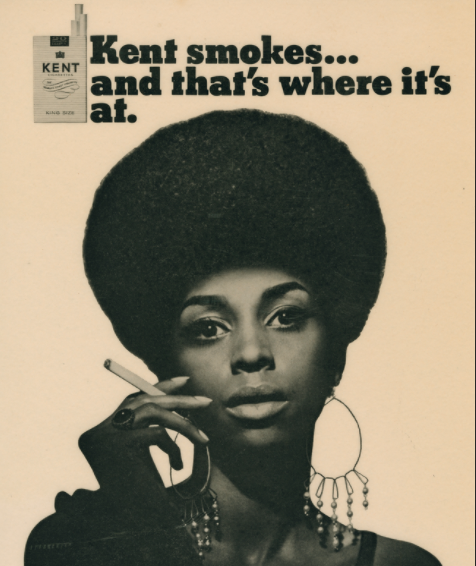
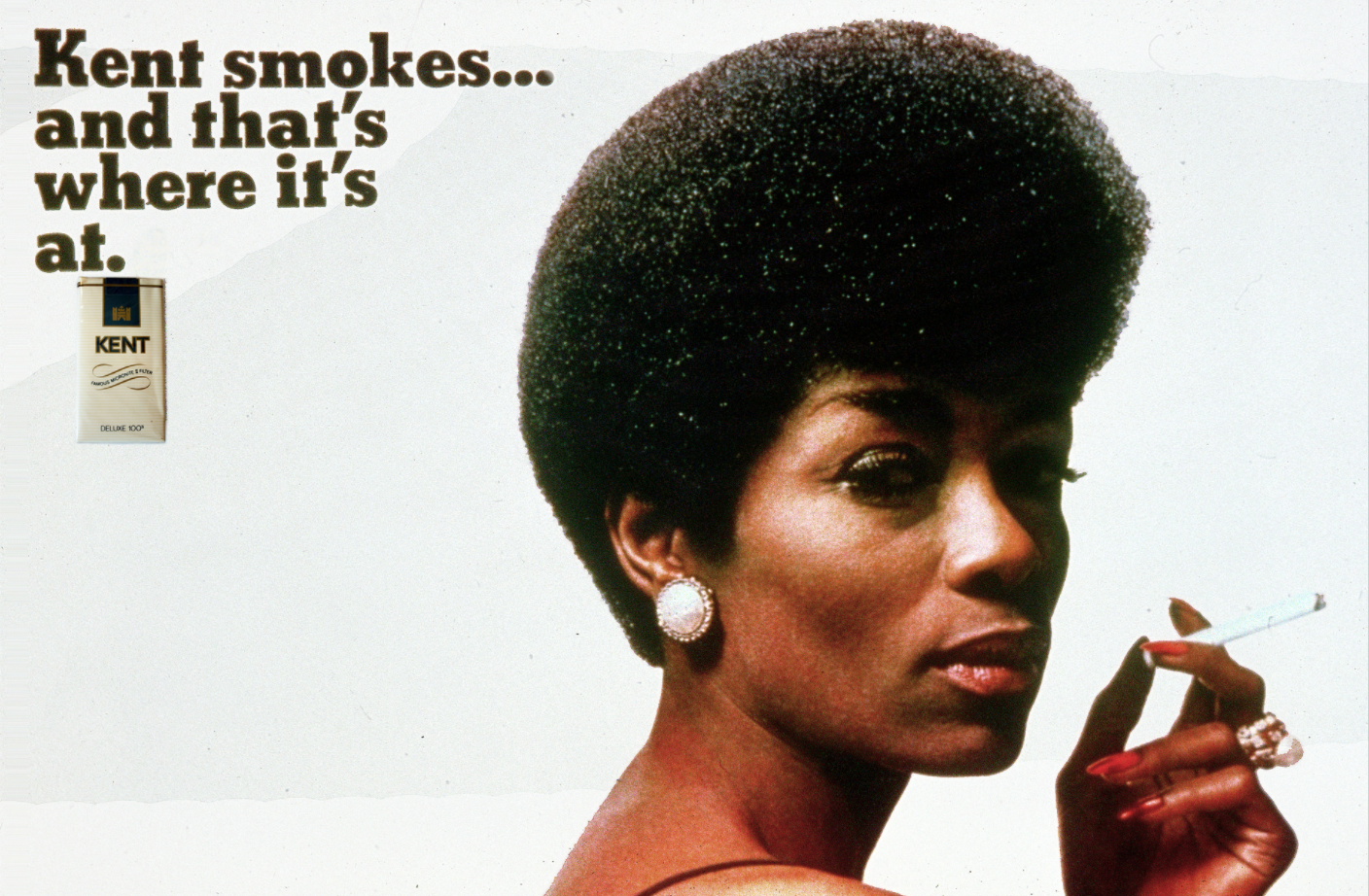
Images credit: The Chicago Design Archive
This ad is an early video marketing example of targeted ads that sidestepped the existing rules and instead implicitly spoke to the intended consumer.
After his success with Lorillard, Inc. Cullers was hired to create campaigns for the Afro Sheen product line by Johnson Products Co. The agency later landed a contract for BP Amoco.
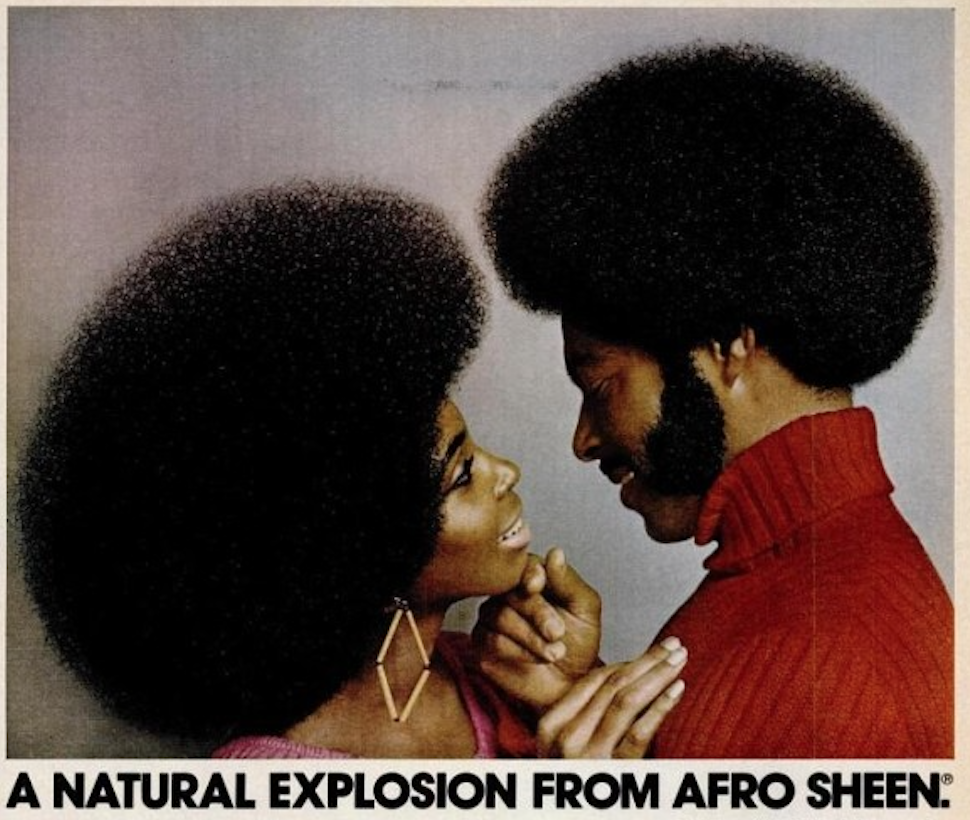
Paving the Way for Others
Besides directly speaking to Black customers for the first time, Cullers helped other up-and-coming African American advertising professionals. In its infancy, his agency was one of the few who did not slam the door on young, talented ad professionals just because they were Black.
One of those professionals was Emmett McBain who designed this ad for Vince Cullers Advertising landmark campaign “Black is Beautiful.” Many have referred to McBain’s work as “art with social direction.”
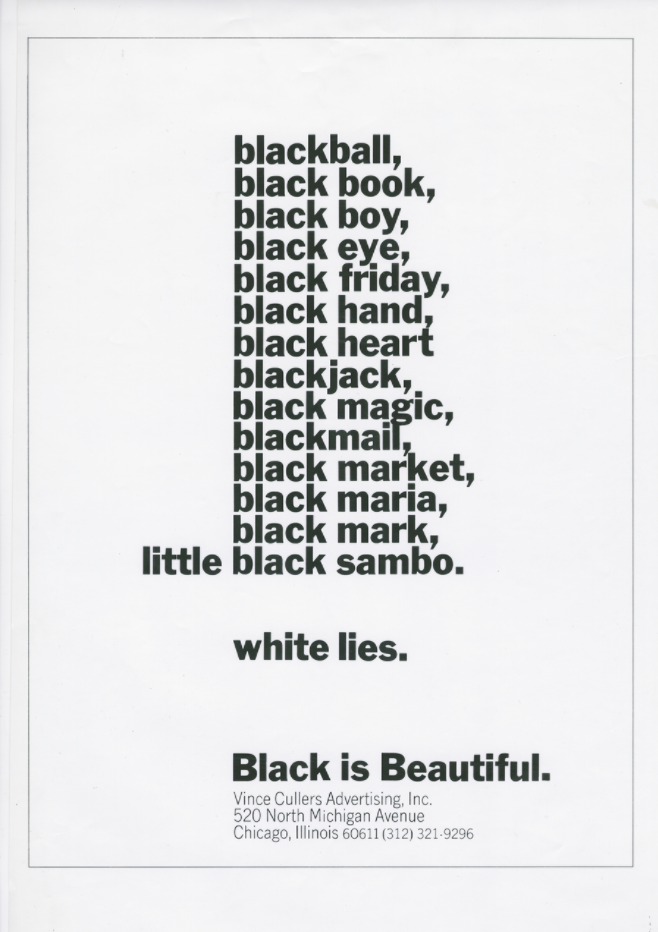
By challenging industry standards and succeeding on his terms, Cullers inspired other Black advertisers to start their own agencies. Inspired by his ability to create targeted ad campaigns, some competitors improved upon his process, eventually achieving more success than Cullers.
A Lasting Legacy
Cullers stayed on as the CEO of his ad agency until he retired in 2002. Through the years, he had a hand in shaping Black culture, working with Don Cornelius to market the Soul Train TV show and enabling it to take its place in pop culture.
According to the Vince Cullers Group, he also produced Lu’s Notebook, which was a Chicago radio show hosted by Lu Palmer. The show focused on the Black community, bringing them the news and stories that interested them. This show lasted for over 10 years and was carried by a majority of African American radio stations across the country.
Throughout his nearly 50 year career, Cullers worked for various clients including Kellogg, Sears, Pizza Hut, Coors, and more. Most importantly, he is responsible for changing how ad agencies do business, showing business leaders that they could capture a better audience by tailoring ads that spoke to the community.
Today, Cullers’ legacy lives on. His agency is still going strong. Its name has been changed to the Vince Cullers Group with a mission: “To create entertaining and informative messages and content to a global audience, parlaying our historic and proud past into a strategic and focused experience in all communications.”
The agency still works to create targeted ads for each audience. They have also begun consulting with companies, universities, non-profits, small businesses, and others who want to connect with a multicultural audience.
The Future of Black Advertising
For all the steps taken forward by Cullers and his contemporaries, advertising has still been slow to speak to Black consumers. It’s still difficult for African Americans to see themselves depicted positively in the media, particularly in advertising. According to an article in Quartz, Black models weren’t used to sell luxury goods until the 1990s.
Corporate America still lacks representation at senior levels, and business practices suffer as a result. But African American consumers and others in often overlooked demographics continue to grow, and these consumers have buying power. Companies who don’t step up and start speaking directly to members of these communities could soon see themselves falling behind.
How Your Company Can Move Forward
If you’re interested in targeting these consumers, take a cue from Vince Cullers. Look through market research to see how your products and services can meet their needs, and then move to expand your products and services to meet these needs.
Once you’ve identified which of your products or services is a good fit for the Black community, pay attention to the messaging. Consider how you are representing Black people in your ads and your video content.
One of the things Cullers did well was to create ads that reflected his target audience. Instead of using a Black model wearing the same high-end fashions as white models in ads, Cullers dressed his models in Black fashions of the day. The imagery and taglines in Cullers’ first large-scale ad campaign captured the feeling of the civil rights movement and created powerful imagery that resonated with Black consumers.
Don’t be afraid to represent cultural differences in your ads, social media, and videos. Don’t highlight stereotypes. Instead, do your research and work with Black community leaders to see what kinds of images speak to your target consumer. Highlight what makes these customers different, but also what makes them the same.
Beyoncé made history when she became the first Black woman to wear the 128.54 carat Tiffany diamond necklace in one of its ads. Although many people in the real world won’t ever earn enough to buy a 128.54-carat diamond, the ad was a milestone. It allowed Black women to see themselves at the highest tier of society wearing one of the most exclusive pieces of jewelry in the world.
Use people of all shapes and sizes in your ads, and feature them in a positive light, so they can see themselves using your product or service. But that representation begins within your own company. If your workforce isn’t equitable, or doesn’t reflect the diverse population of America, then you probably won’t come across as being authentically interested in their business.
Read More: Why Prioritizing Diversity is Key in Connected TV Ads
Finally, talk to people. Young, Black consumers are very active on social media, and they aren’t afraid to call out a business that seems to be appropriating their culture or attacking their community. If someone takes issue with your company, resist the urge to be defensive. Listen to your potential customers. Find out what you’re doing wrong and take steps to fix it.
Learn From Vince Cullers and His Legacy
Vince Cullers changed advertising for the better. Before him, ad agencies largely ignored Black consumers. Ads targeted to Black consumers and other minority groups just featured standard imagery and illustrations with darkened people.
That is, until Cullers came along and created ads that were tailor-made for people in the African American community. He inspired countless others with his success, and he mentored many up-and-coming Black advertising professionals who would expand on his legacy.
While corporations still have a way to go in terms of representation, many are finally taking the lessons imparted by Cullers and applying them to their own ads. Black models are regularly featured in beauty ads, fashion runways, ads for luxury goods, and much more. With Black consumers continuing to expand their buying power, Cullers’ ideas are now becoming standard for the ad industry.
Learn More: 7 Ways to Support Diversity Marketing with Video
Do More with Video
Learn how we can help you produce more quality videos affordably and at scale.


